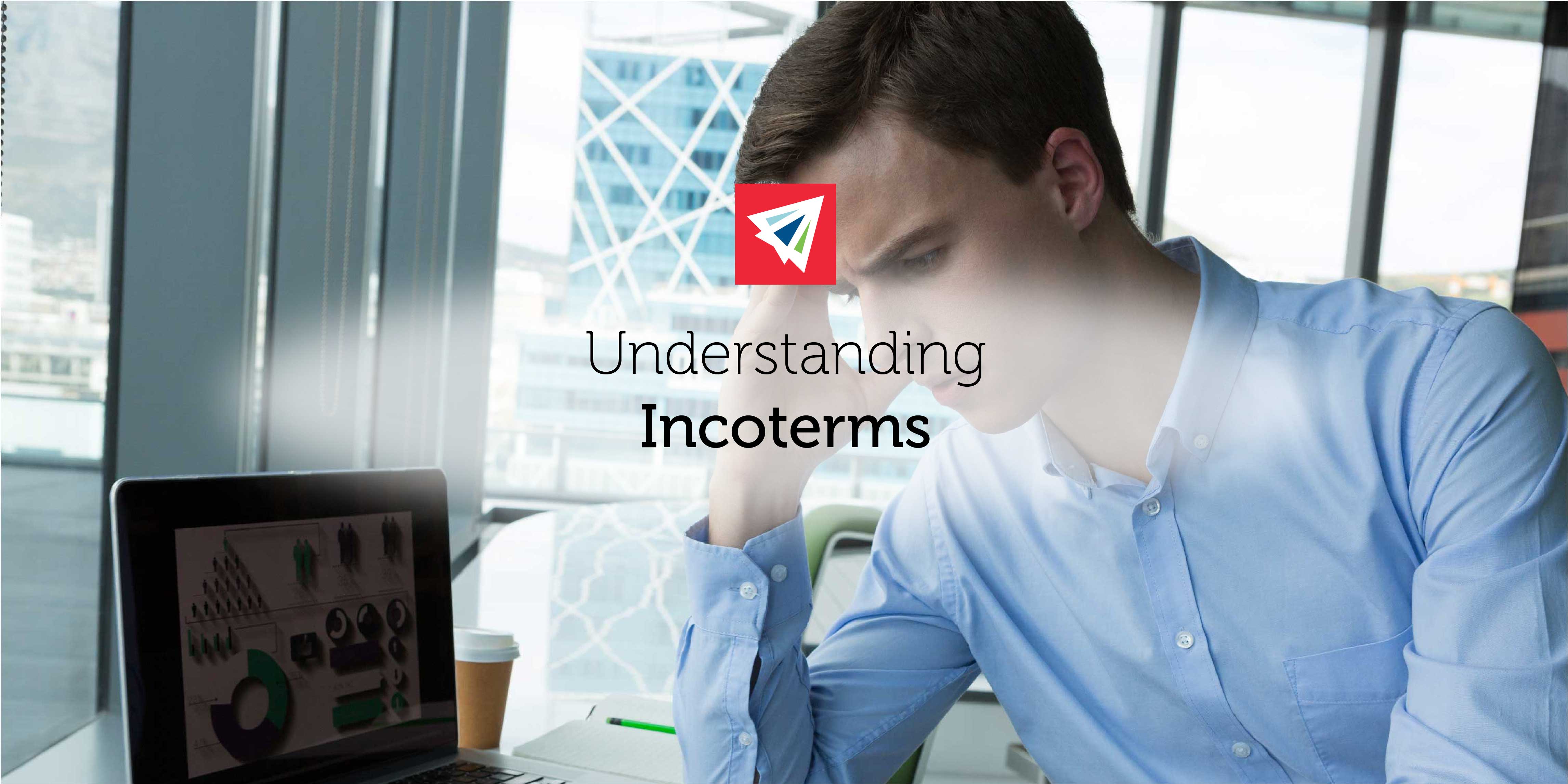Shipping freight internationally can be expensive and risky. Everything from container rental and delivery to the cost of a container going overboard can quickly create a headache for importers and exporters if they assume all responsibility for the cost of their container from point A to point B. Luckily, the ICC (International Chamber of Commerce) has created a list of terms of agreement known as Incoterms, which specify the terms of whose responsibility the freight is at every point in the shipping process. Understanding incoterms can be a bit tricky if you don’t study the topic intensively.
Understanding Incoterms
These specified trade terms are created to make international trade easier and less costly by divvying up responsibilities throughout each stage of the freight being moved from the seller to the buyer. By understanding incoterms, you can better determine whether or not the cost and risk associated with importing or exporting your freight is worth it under certain agreement terms. Below are a few common incoterms used in different modes of transportation:
EXW (Ex Works)
EXW can be used for any mode of transportation. EXW incoterms place the highest obligations on the buyer, since the seller is only responsible for making the goods available. After the goods are available at the specified location, the buyer assumes all risk and cost for the rest of the freight’s journey.
FCA (Free Carrier)
FCA can be used for any mode of transportation. The seller is responsible for the goods from the seller’s location to the specified location or terminal. After the truck has arrived, the buyer assumes the responsibility of unloading the cargo, exporting, importing, and final delivery of the goods to the destination. Thus, most of the responsibility lands on the buyer.
CPT (Carriage Paid To)
CPT can be used for any mode of transportation. CPT is similar to FCA, however, the seller must clear the goods for export and pay the carriage charges to get the freight to the terminal. It must also be noted that the seller is not responsible for insuring the goods to the named location.
CIT (Carriage and Insurance Paid To)
CIT can be used for any mode of transportation. The seller is responsible for insuring goods and paying transportation costs to the named place. Although very similar to CPT, the seller must insure the goods during carriage to the terminal or port of loading.
DAT (Delivery at Terminal)
DAT can be used for any mode of The seller is responsible for all costs and risk of the freight until it reaches the terminal – a specified location such as a container yard, quay, or warehouse. After it has arrived at the terminal, the buyer assumes all further transportation costs and risk. The buyer is responsible for import clearance and duties.
DAP (Delivery at Place)
DAP can be used for any mode of transportation. DAP is similar to DAT in that the seller assumes most of the cost and risk, however, whereas with DAT the buyer is responsible for the last journey from the port of discharge or terminal to the destination, in DAP the seller covers the last journey from the port to the destination.
DDP (Delivery Duty Paid)
DDP can be used for any mode of transportation. DDP places the highest amount of responsibility on the seller, whereby the seller is responsible for all costs and risk until the goods have reached the final destination. The buyer is only responsible for the unloading of the goods at their destination. This is one of the most commonly used incoterms, so make sure to understand your responsibilities under DDP.
FAS (Free Alongside Ship)
FAS can only be used for goods transported by sea or inland waterway. Under FAS terms, the seller is responsible for transporting the goods to the port of loading and clearing them for export at which point the buyer assumes all costs and risks thereafter (including loading the goods onto the vessel at the port of loading.)
FOB (Free on Board)
FOB can only be used for goods transported by sea or inland waterway. FOB terms are the same as FAS, except the seller is also responsible for loading the goods onto the vessel at the port of loading.
CFR (Cost and Freight)
CFR can only be used for goods transported by sea or inland waterway. CFR is similar to FOB, however, the seller pays for transportation costs to get the goods to the named port of discharge. Although the seller pays for vessel transportation costs, the risk is still transferred to the buyer as soon as the freight is loaded onto the vessel.
CIF (Cost Insurance and Freight)
CIF can only be used for goods transported by sea or inland waterway. CIF is the same as CFR but the seller must also insure the goods until they arrive at the named port of discharge. The risk is still transferred to the buyer as soon as they are loaded onto the vessel.
Where to Go From Here
Understanding incoterms is no easy task. The above list is not comprehensive of all incoterms in existence, however, it gives a good glimpse into some of the most common ones. Many people don’t realize they are being robbed of cost savings and cargo control simply because of their shipping terms of agreement. Don’t waste your money and time. If understanding incoterms in more depth is in your interest, give us a call and we’d be happy to speak with you!

One thought on “Understanding Incoterms”